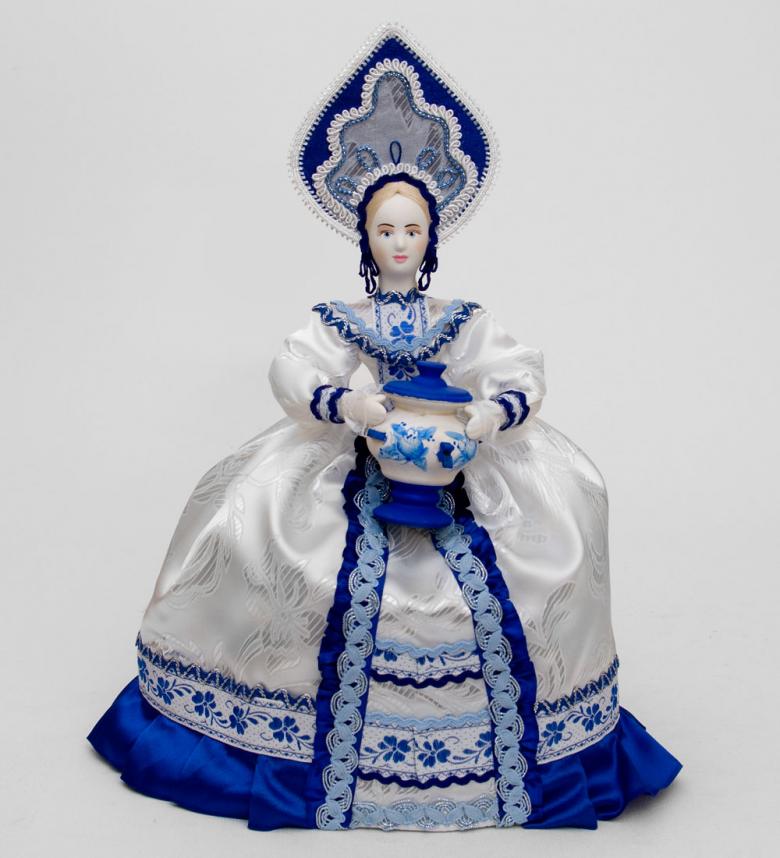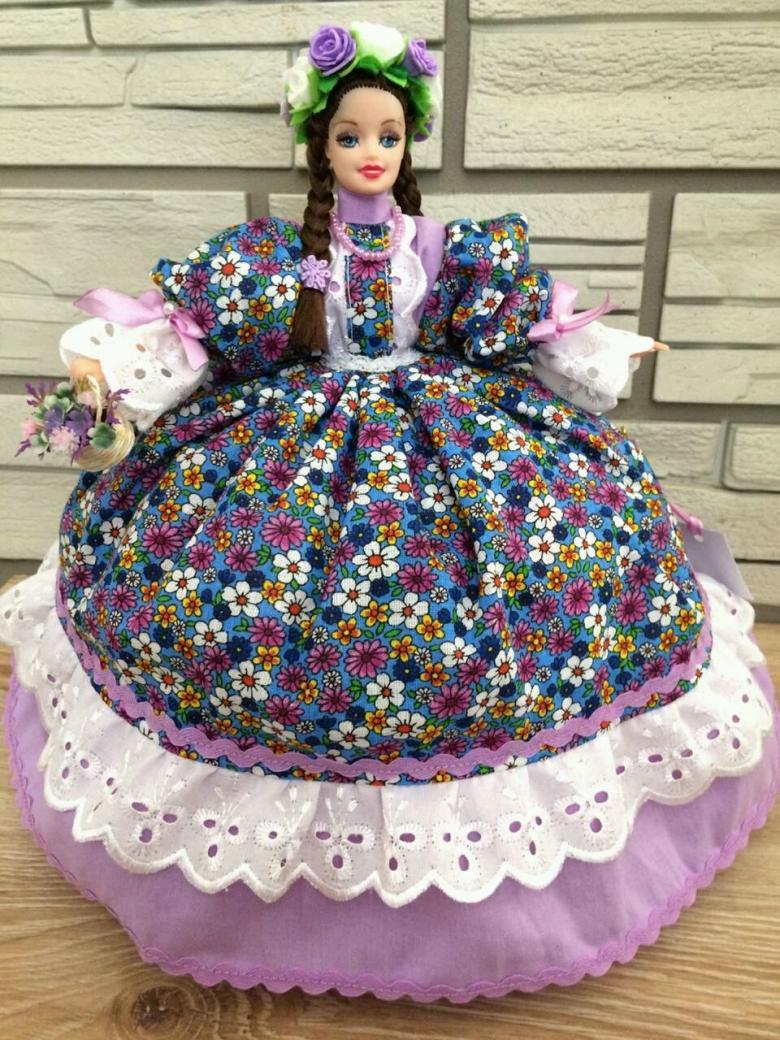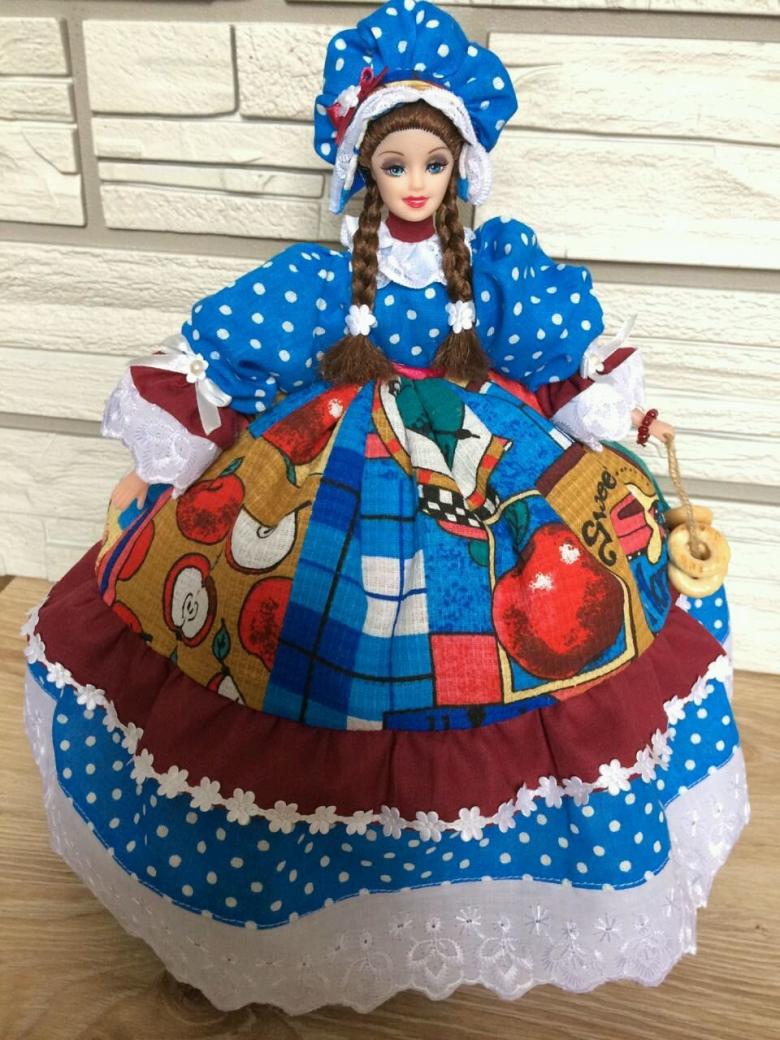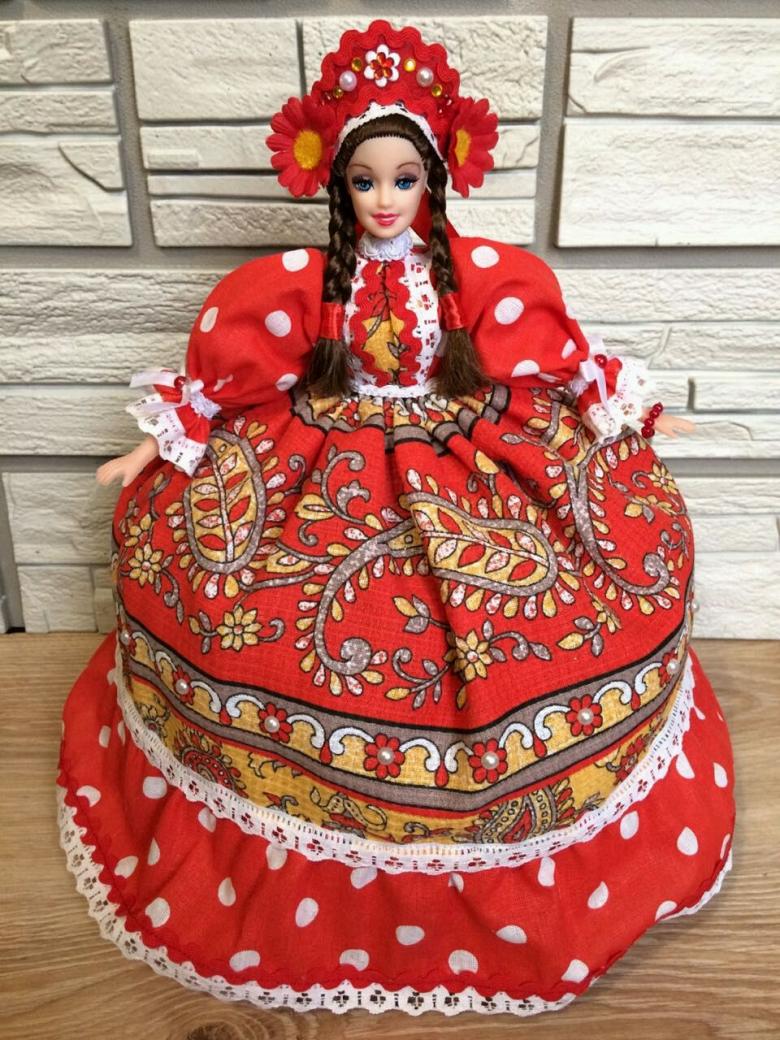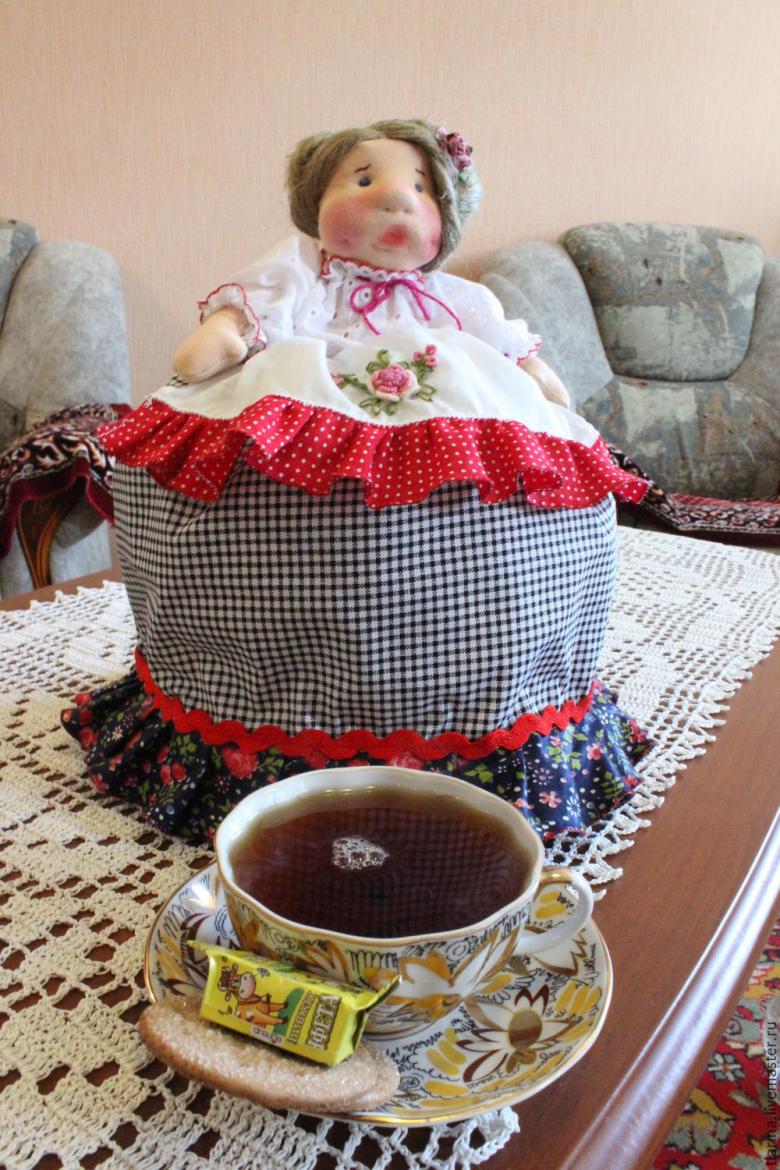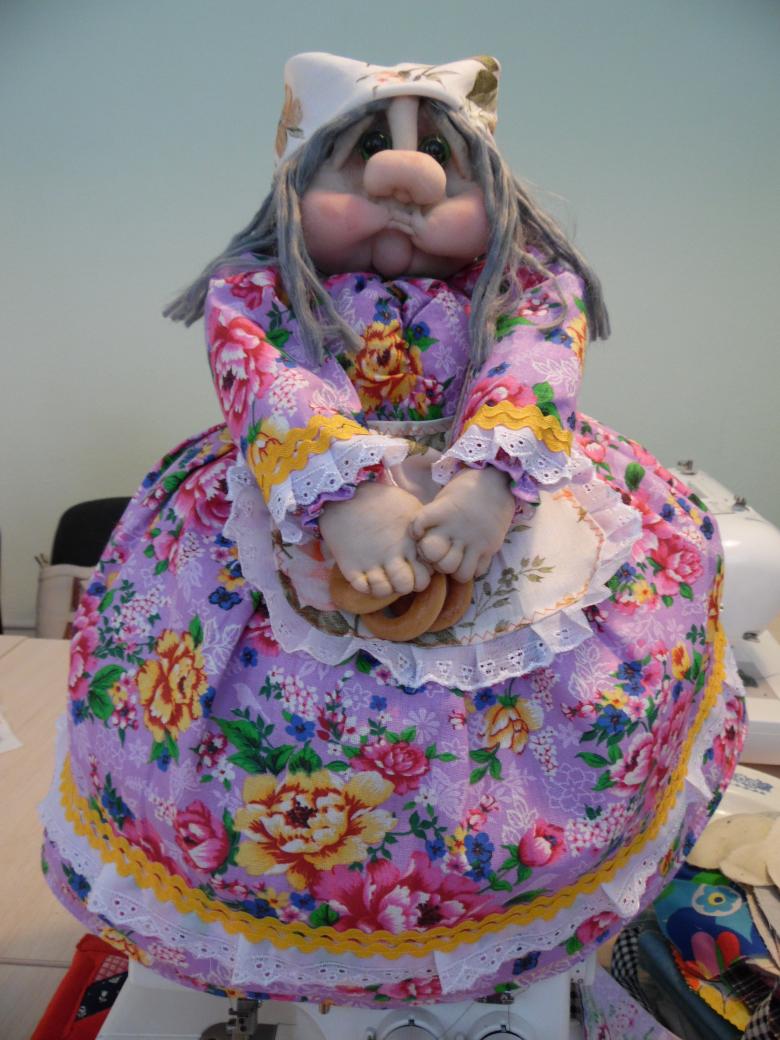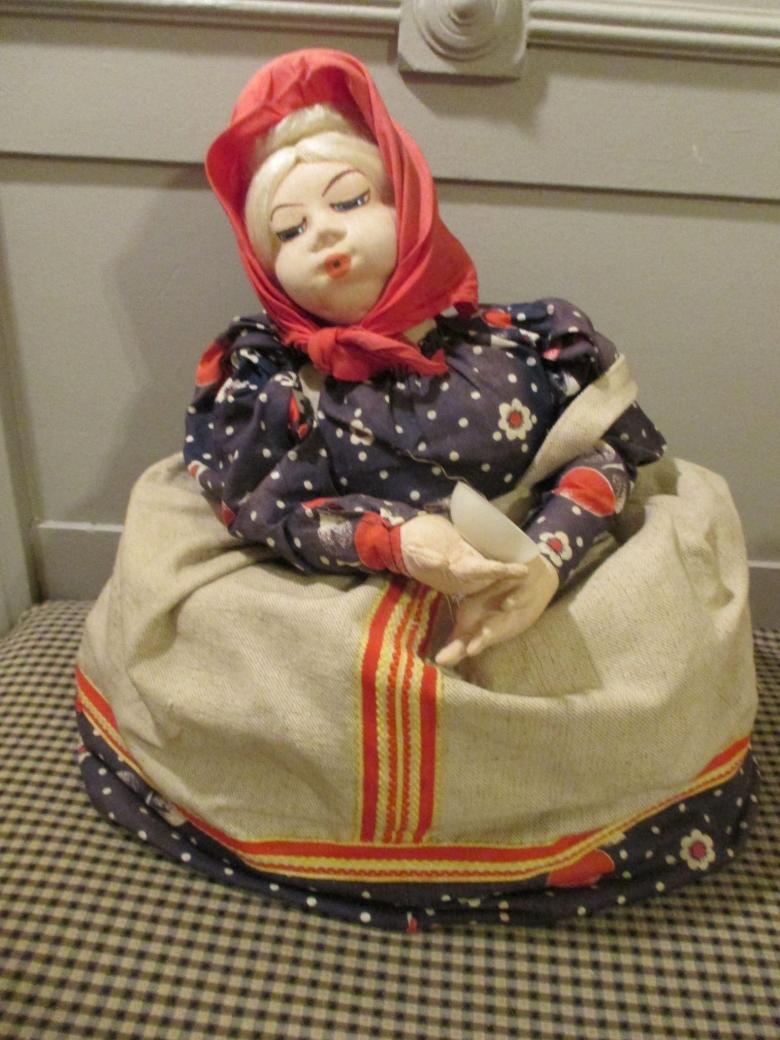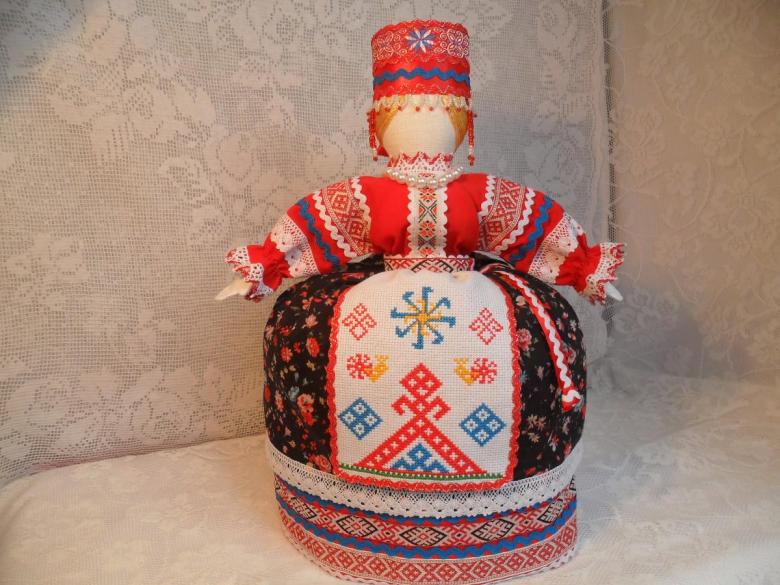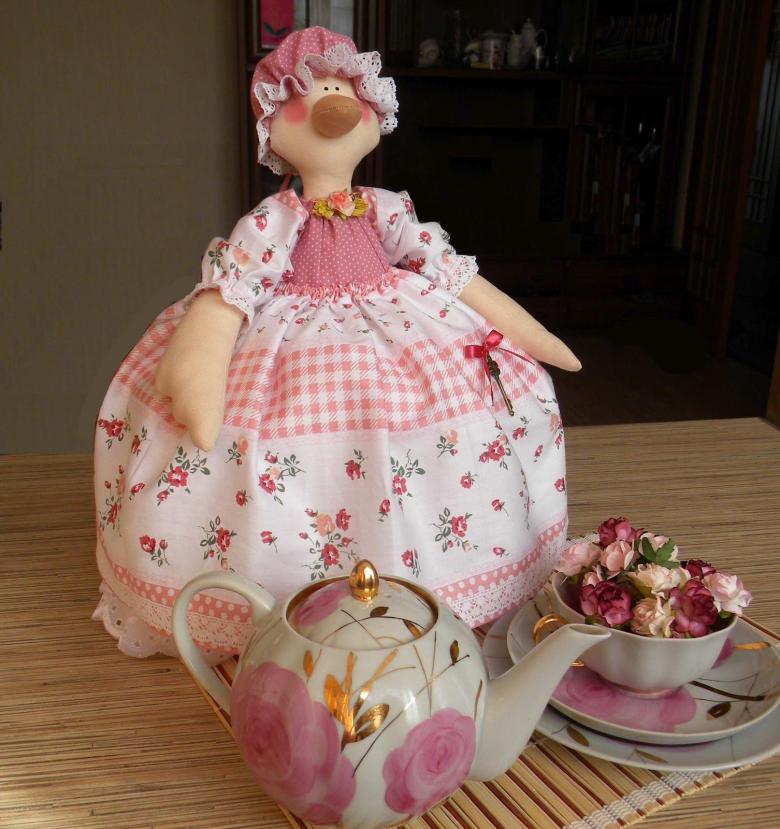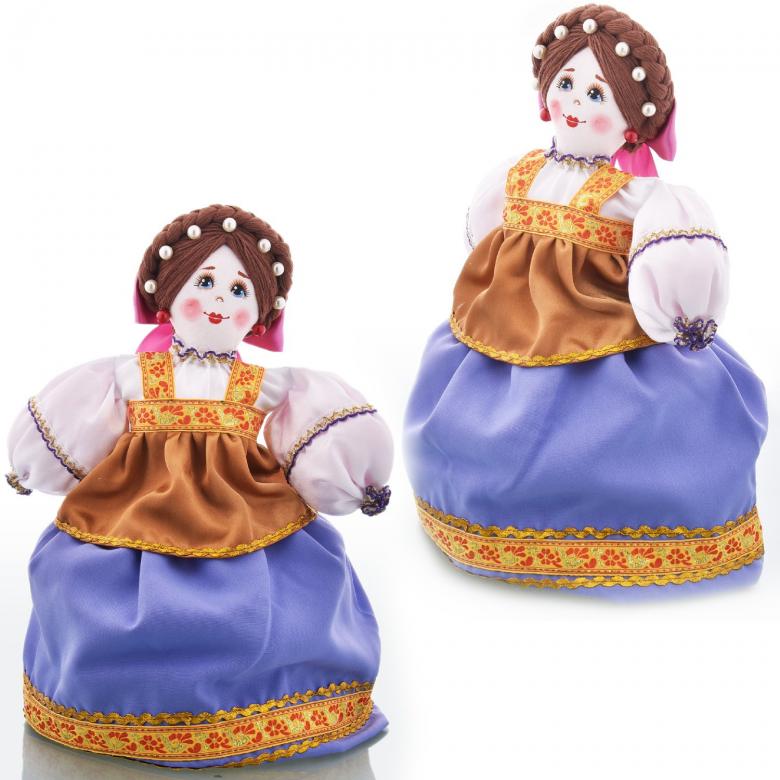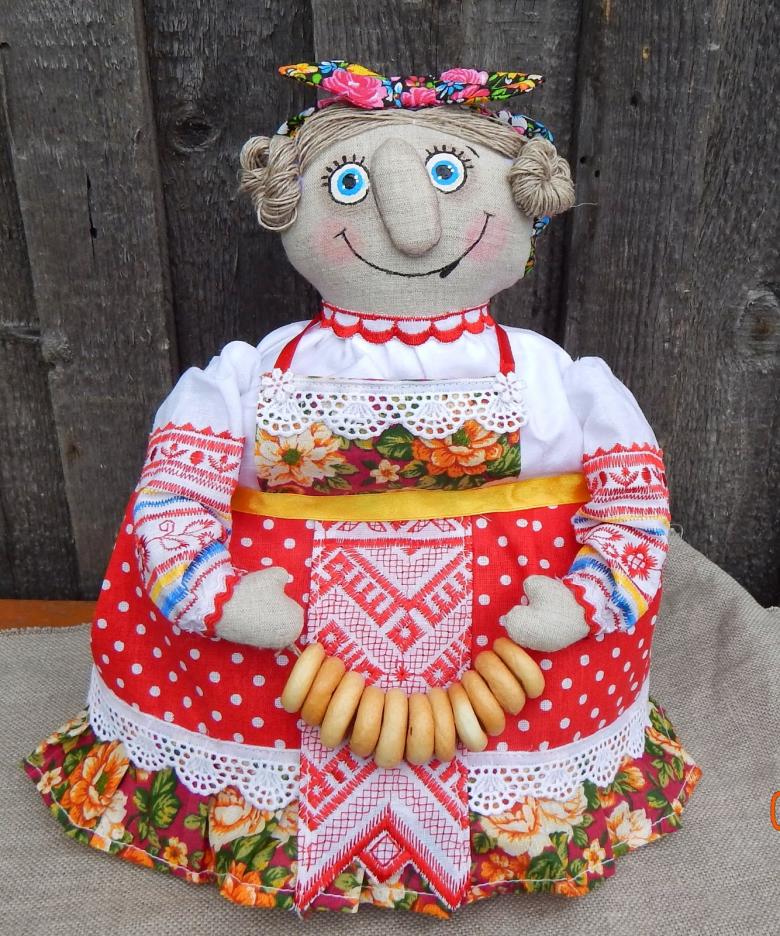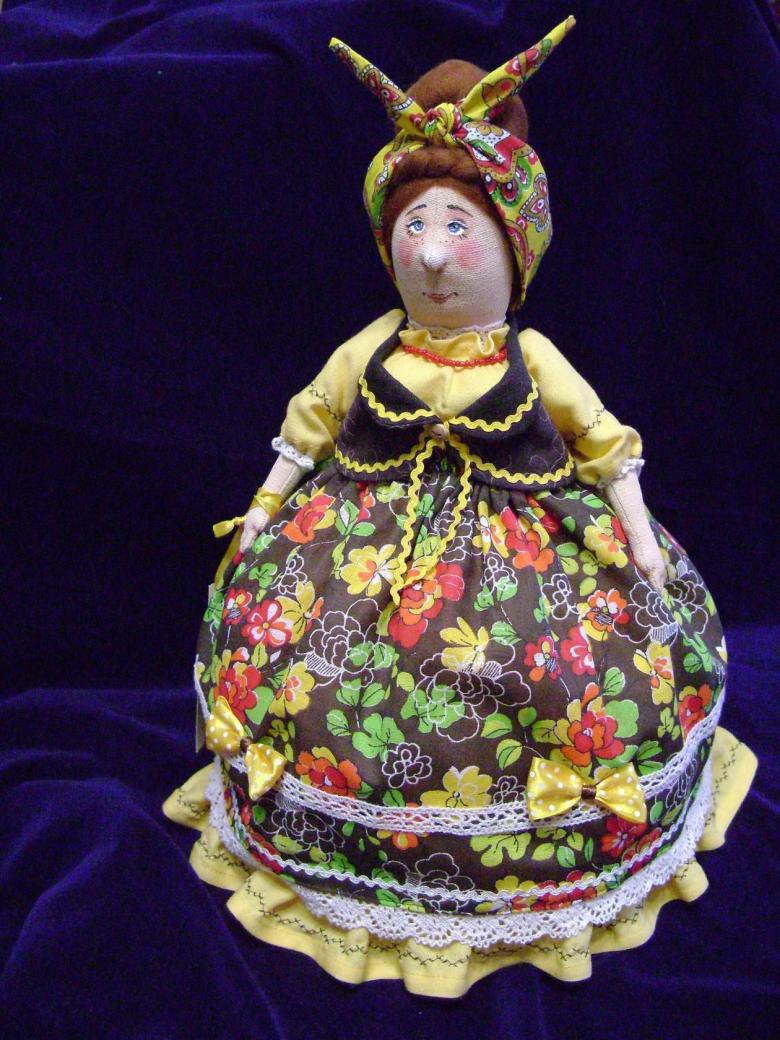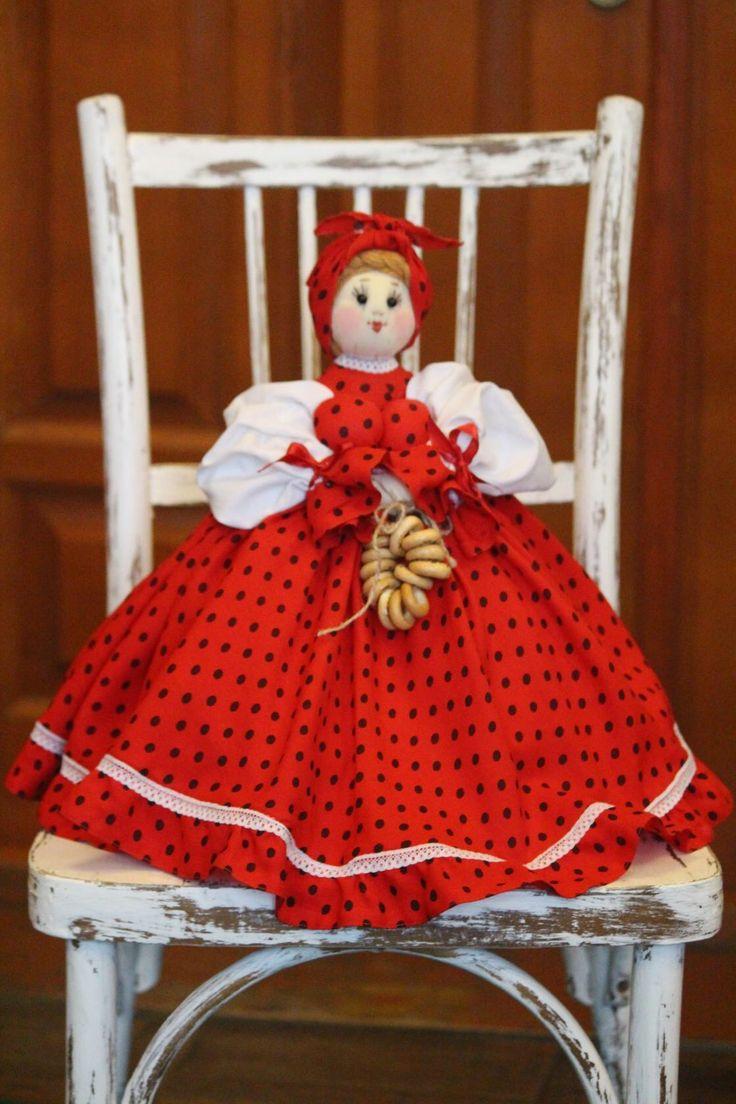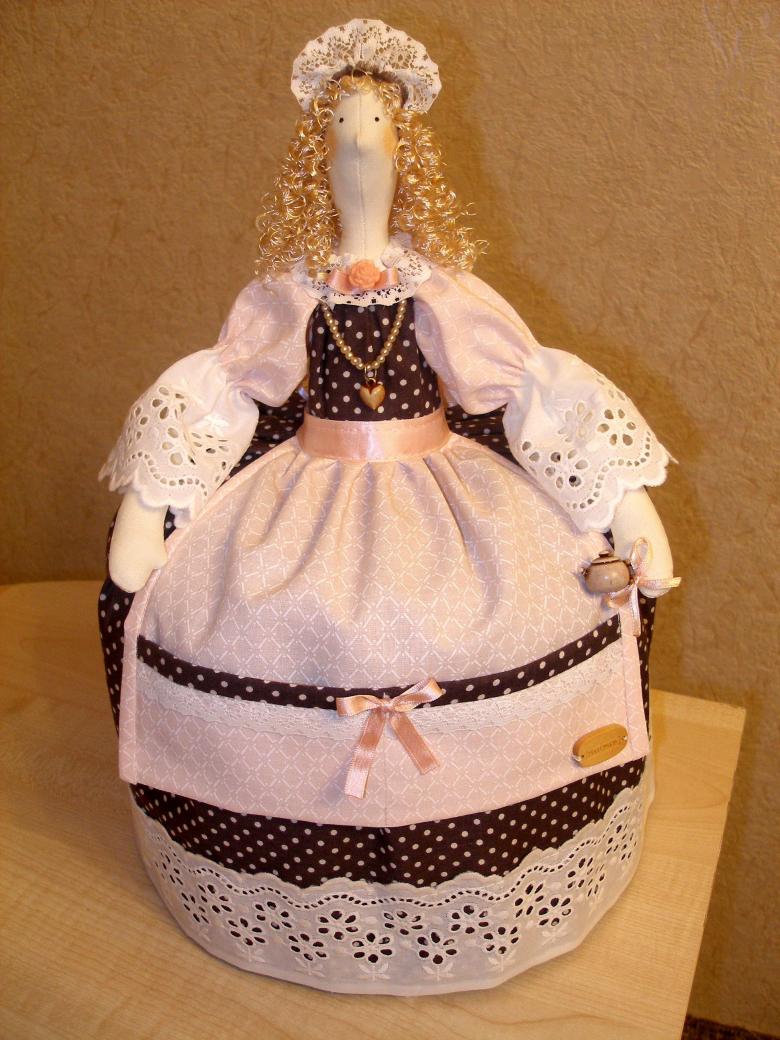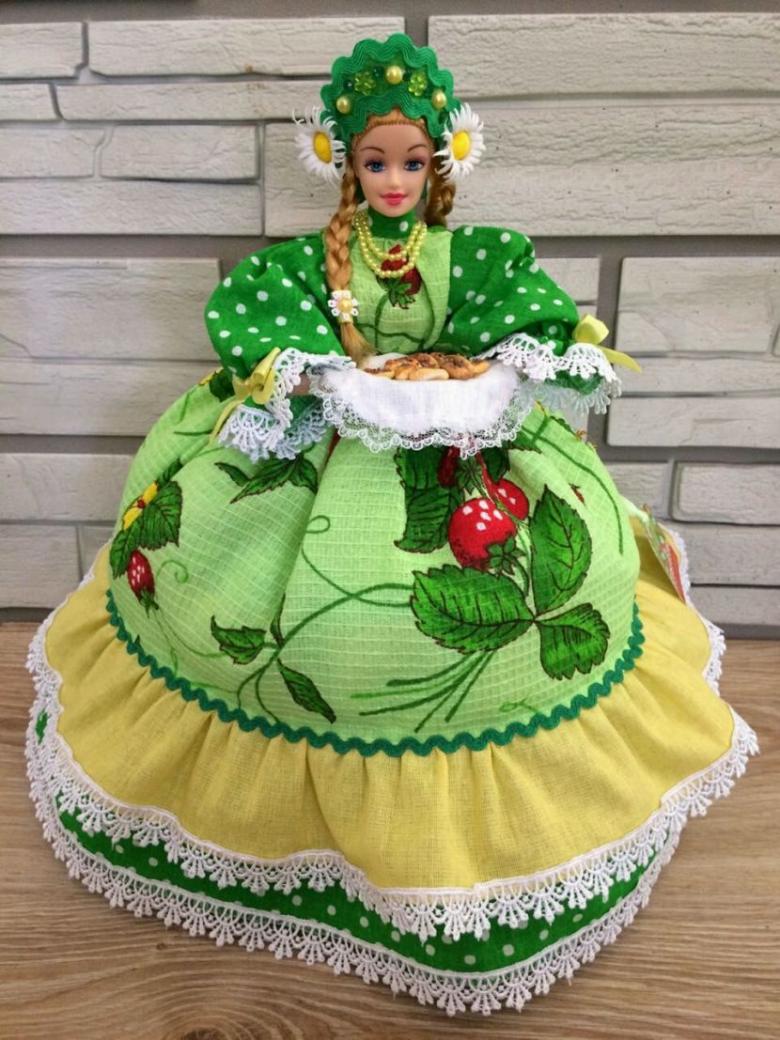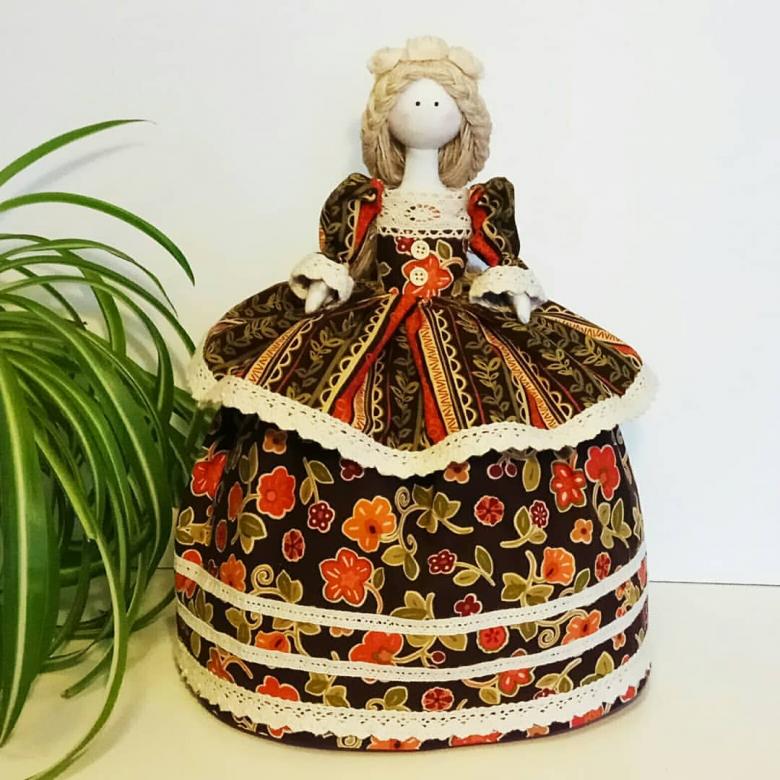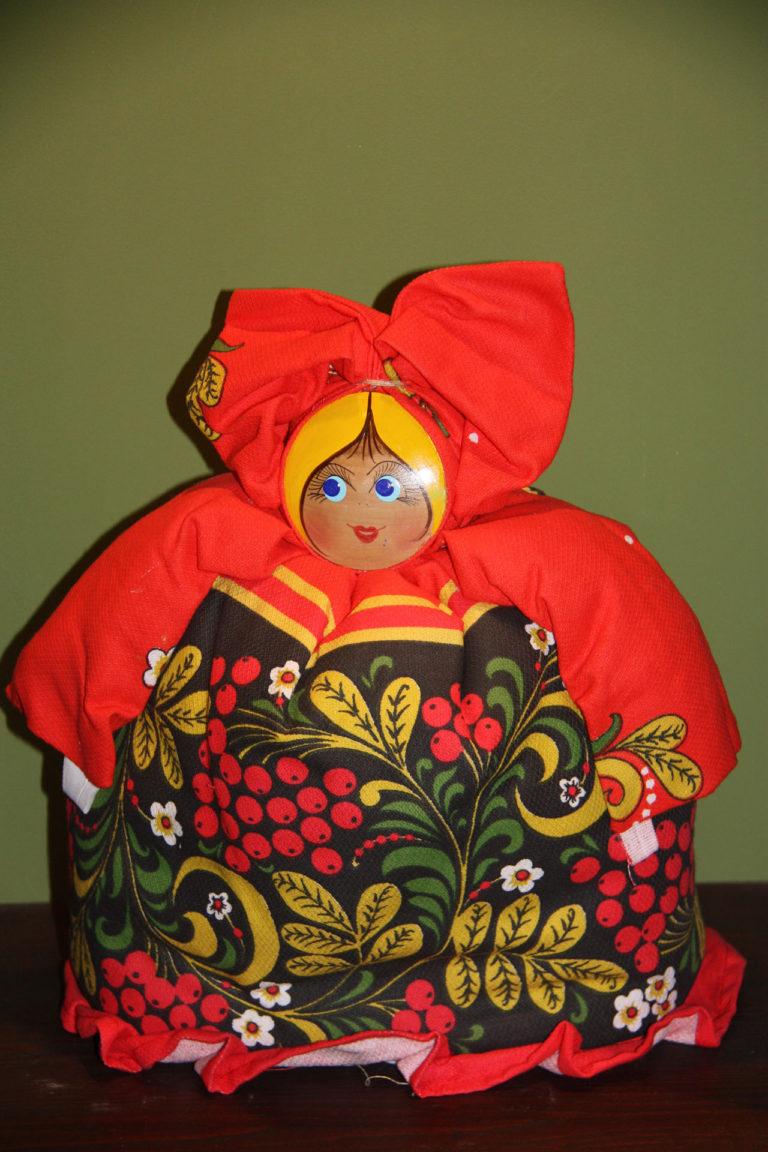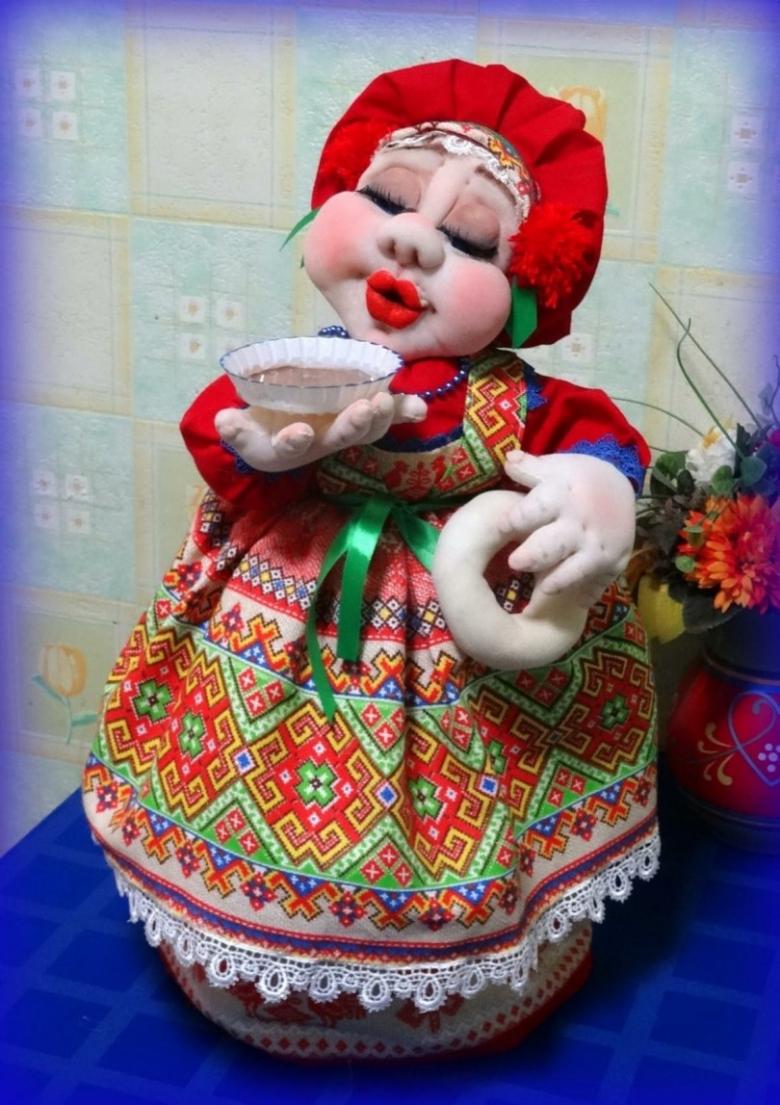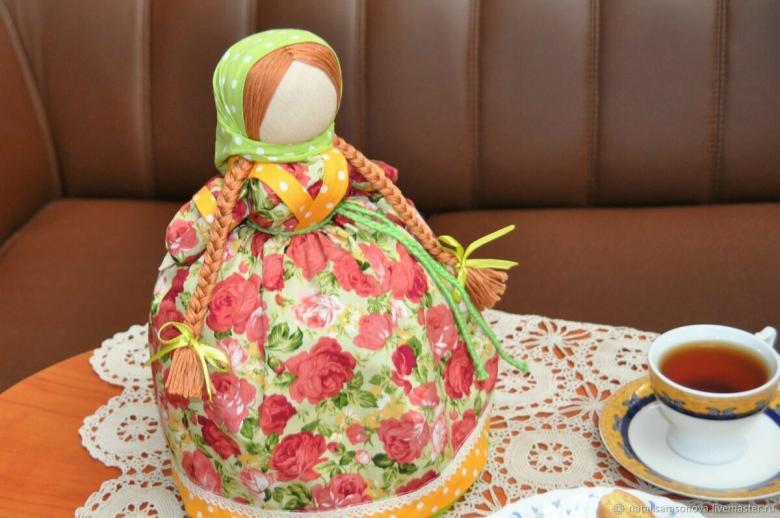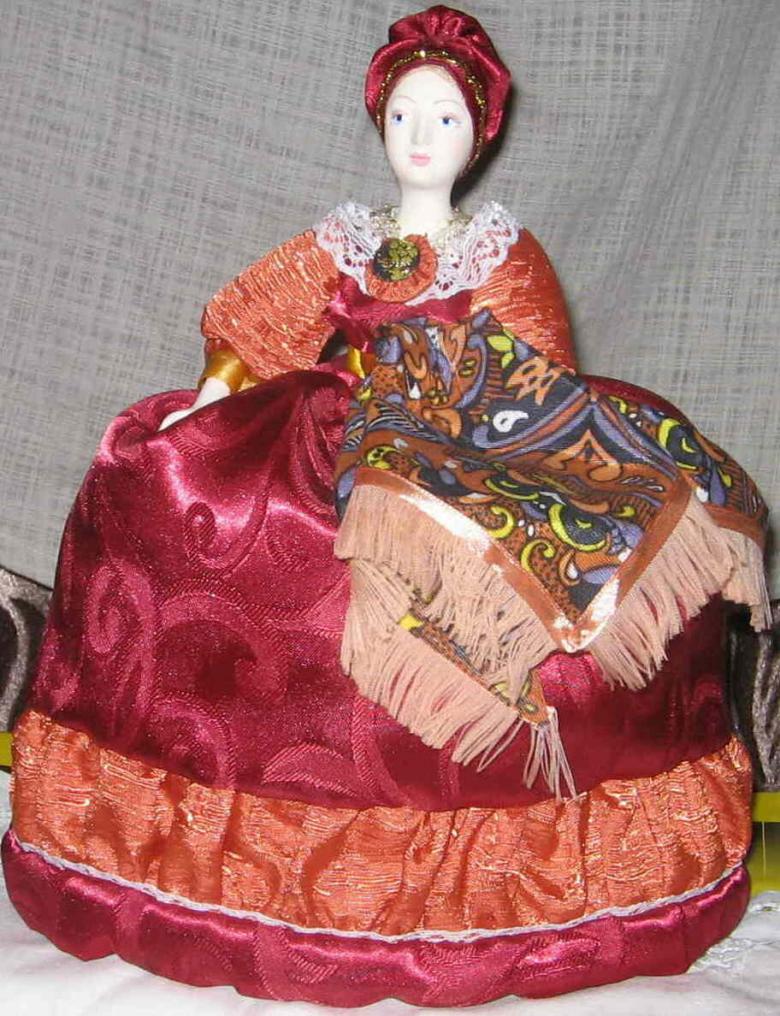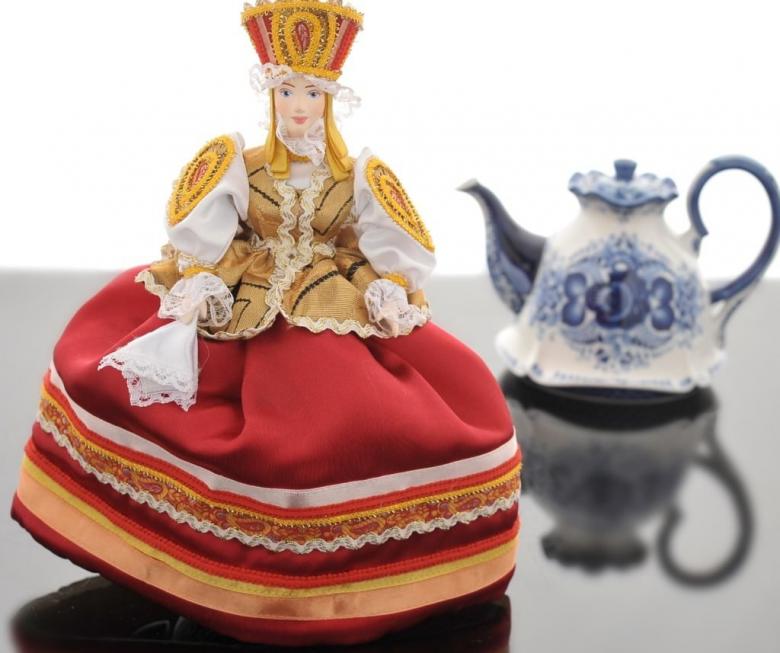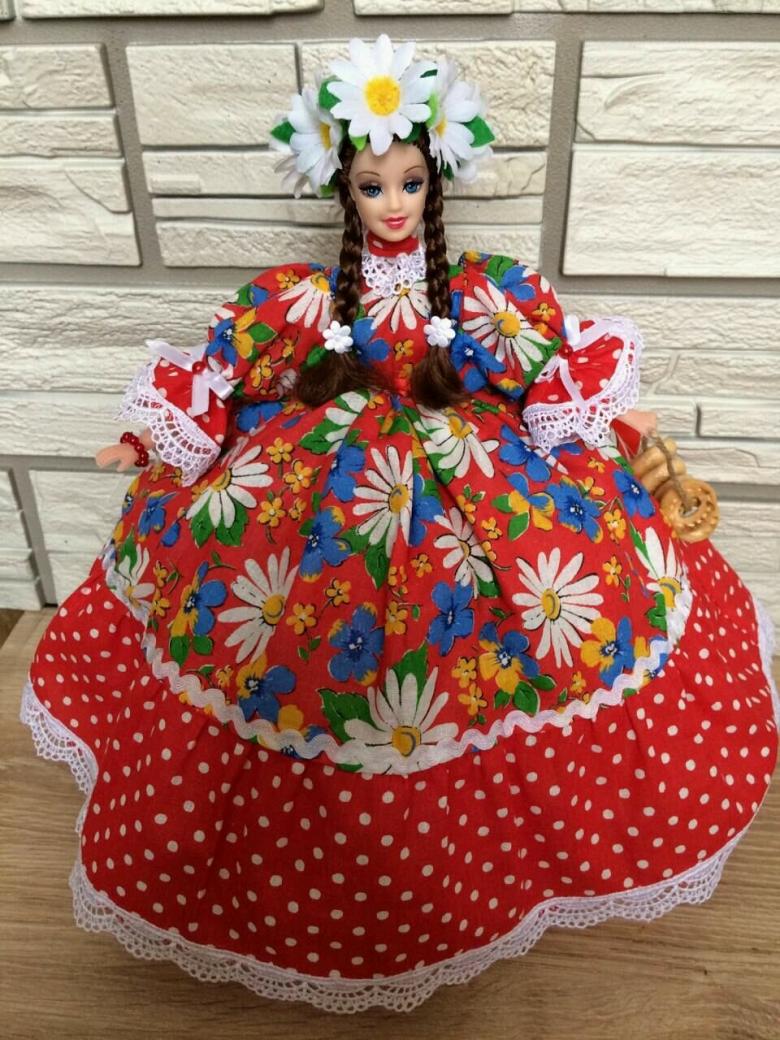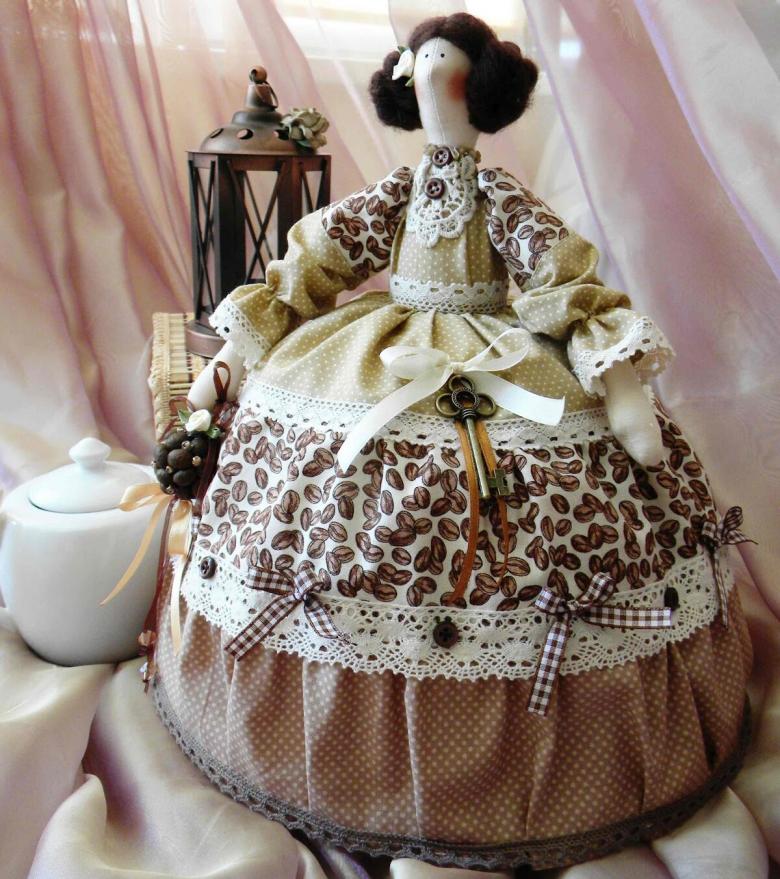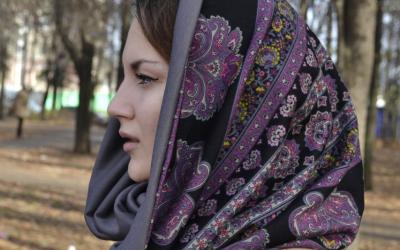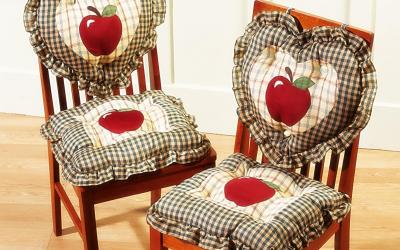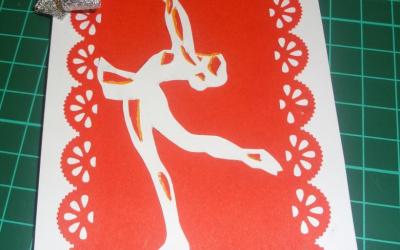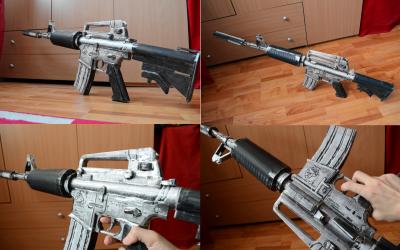Baba on the kettle with his own hands: making, patterns and ideas for choosing the style
Baba on the teapot, this is a very interesting, bright and stunning idea for decorating a kitchen set or simply, creating a doll amulet in your home. From generation to generation worshippers and keepers of the hearth at home are taught how to sew and decorate a baba amulet on the teapot or samovar. Now we will look at the most interesting and popular models of fakes on the theme of the baba on the teapot with their own hands.
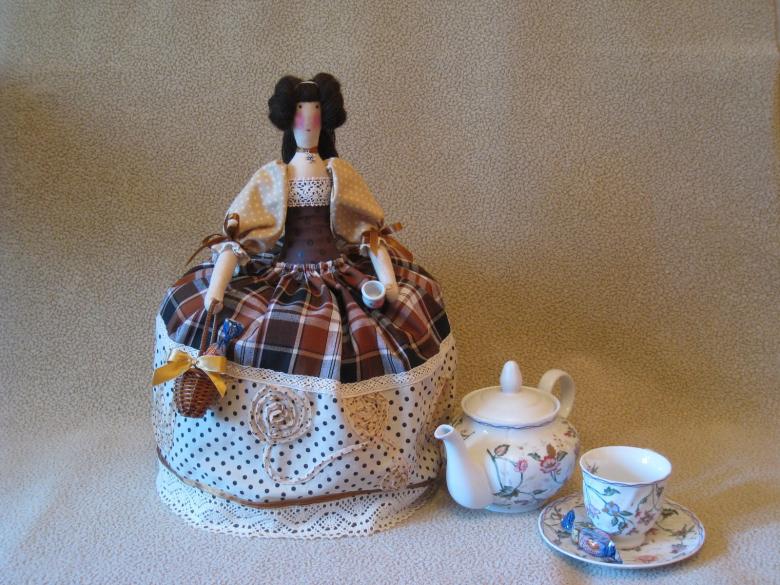
Why do you need a baba for a teapot?
Before you start needlework, we want to dive into the history of this object, which is not only a part of the interior and decoration, but also carries a sacred nature of the amulet. In the beginning, the baba-ba was sewed to protect against evil spirits and all sorts of "drubashka", which are not uncommon in our homes and apartments.

The essence of the baba was that it should comfortably welcome guests and at the same time protect them from harm. For these purposes, the baba had traditional colors and symbolism.
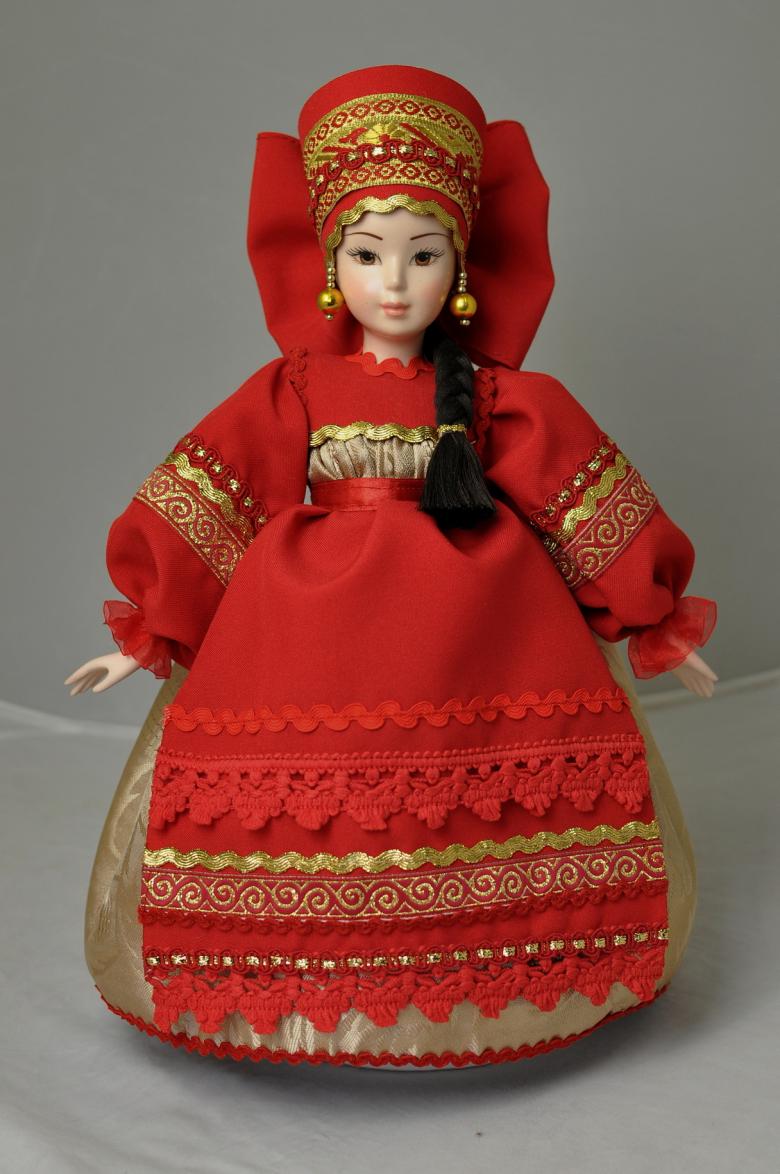
The meaning of the colors of the baba on the teapot:
- Red - keeper-healer.
- Black - respect and connection with ancestors.
- Green - virtue.
- Yellow - diligence.
- White - purity.
- Blue - peace and tranquility.
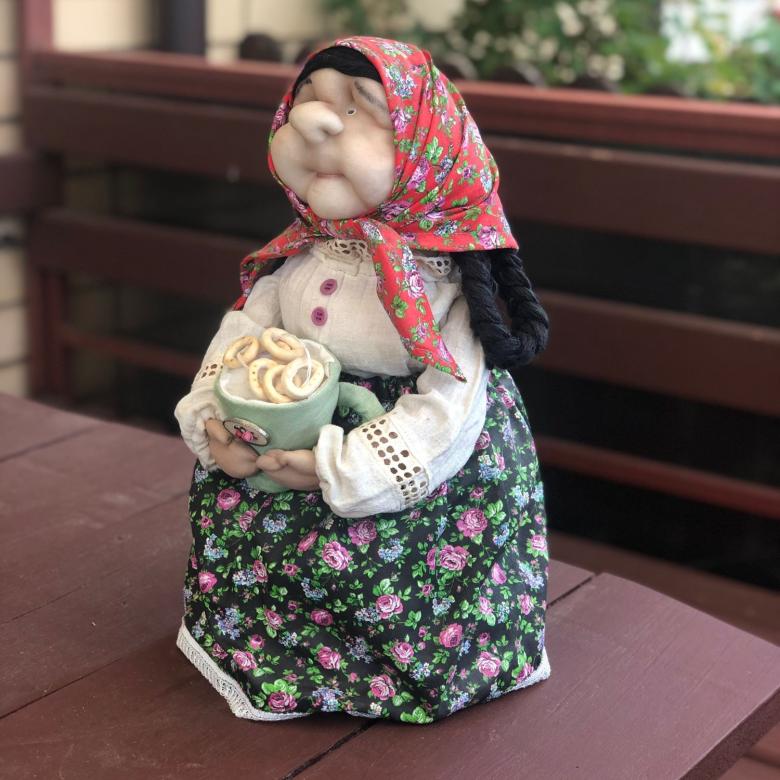
The meaning of the ornaments on the teapot:
- Circle - idyll.
- Svarga - peace.
- Waves - (water) flow, change, peace, unity with nature.
- People, plants, animals, birds, fish - connection with their past.

For the theme of sewing a Slavic baba on a teapot or a samovar, our old Slavic symbols of runes, amulets, and symbols are perfect.
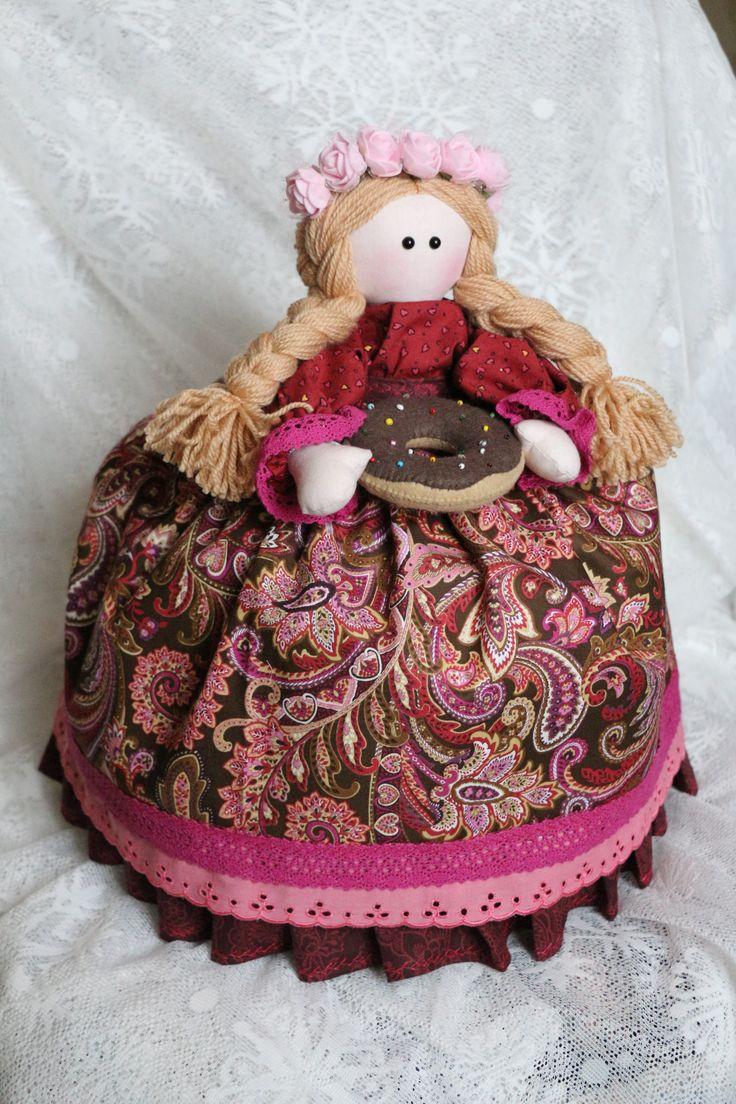
What do we need for sewing a baba for a teapot?
To begin with, it should be said that there is a canonical form, which is considered correct, and a decorative form. For your convenience, we will consider sewing an ordinary doll to decorate the kitchen and the kitchen table, as well as consider sewing a baba for a guardian amulet.
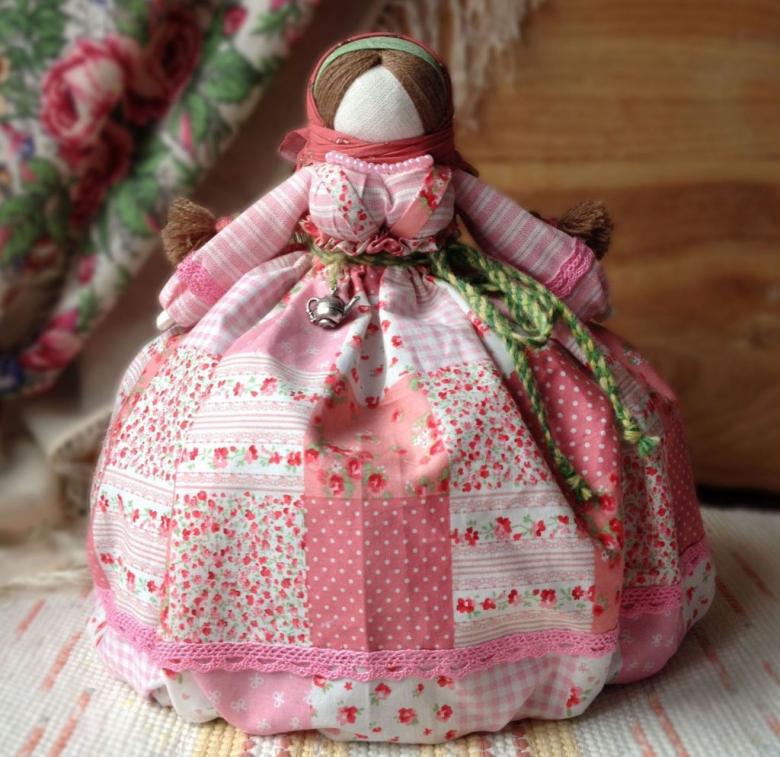
An ordinary baba (doll) for a teapot
A doll for the teapot has become an excellent subject of decoration, which will not only add a highlight during the tea party, but also allow you to bring something of your own memorable to this process.

To sew a classic baba, you can either use a ready-made dress base from a doll, or you can do your own sewing. When using a pre-made base, you should consider the size of the doll, as you have to work with what you already have.

The dress of Barbie dolls or other dolls is perfect for the blank.
After you decide on the base, you should consider the density of the materials and the purpose of the doll. The doll can both simply decorate the teapot, and purposefully keep the heat inside it. For the latter purpose, you should choose a heat-resistant covering or stitch in thermoregulation material.

One option might be a plastic bag from milk. Yes. You may not have known, but these "black" inside bags are thermostatic bags that retain not only the cold but also the heat quite well.

Also, for the usual heat preserving effect of layering the skirt of the baba on the kettle is often made of foil. When using foil, there is no fear of the material getting tainted or somehow being damaged by boiling water vapor or contact when heated.

Make a baba for a teapot with your own hands with our master class is easy enough, especially since we provide basic patterns and explain the steps of making.

Our masters have tried to collect the best patterns and tried to explain comprehensibly the essence and meaning, the origin of the original baba for the teapot.

In the Old Slavic baba for the kettle with your own hands - the patterns for the products bear a slightly different character, which is why you should pay special attention to the materials of manufacture, process, decoration and color palette.
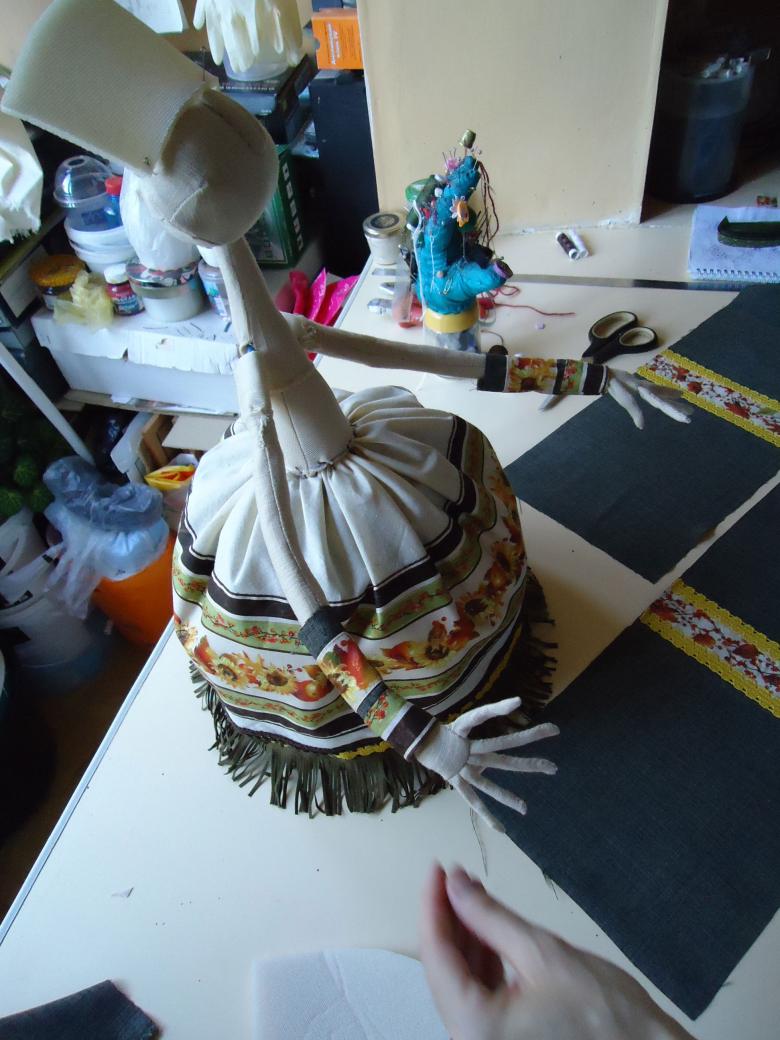
Baba on a teapot in the form of a talisman
Baba amulet since ancient times was revered by our forefathers. It is not precisely known where it came from, but many historians are of the opinion that the baba at the teapot originated from the usual doll table amulet, which then simply "grew" a skirt and mandatory placement on the teapot or samovar under its hem.

Earlier under such a baba they hid food, tantalizing it and protecting it. Now the purpose of baba goes mainly in the classic version on the kettle, but even now you can find villages and hamlets, where under the baba necessarily accepted to put a bun or muffin

In the standard version of sewing used a rough fabric sack plan. Such fabric does not burn, is not afraid of water and temperature, and most importantly, has always been generally available, due to what granny was kept in every family.

In addition to the traditional bias in the fabric, there are certain sewing techniques. It is ideal to make a baba on the eve of some holiday or memorable event, such as the birth of a first-born child, or on Ivan the Bath, Shrovetide and other Old Slavic holidays.
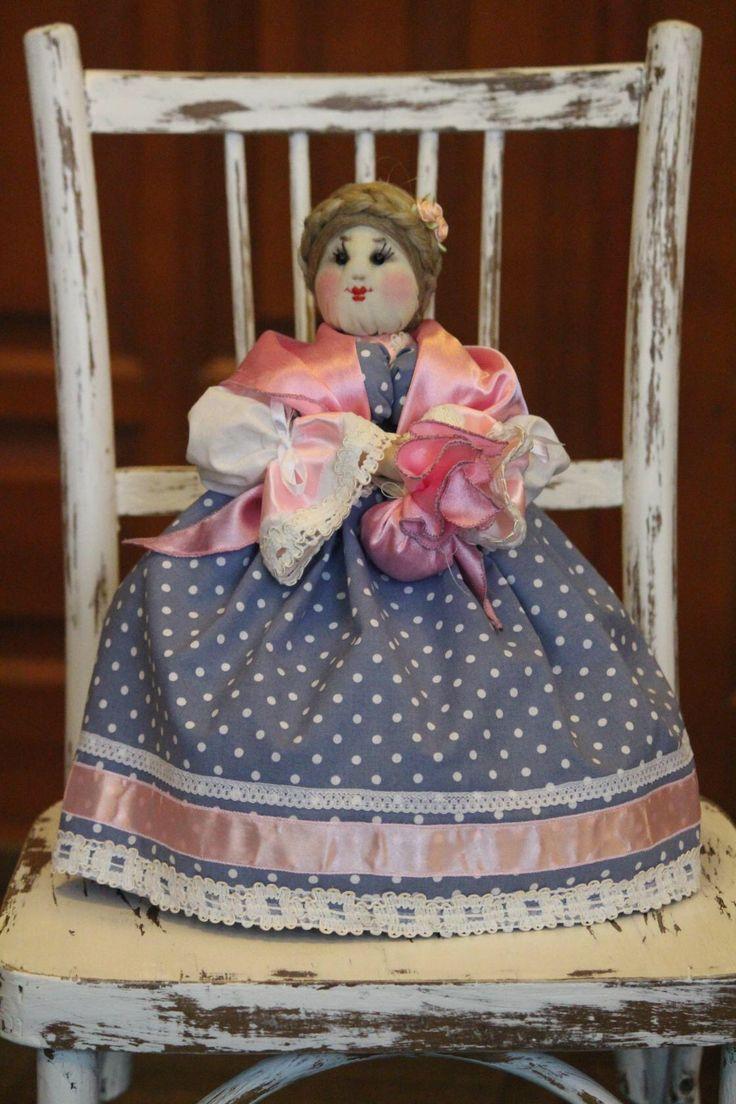
In addition to the traditionally wide skirt, the baba is important:
- Her countenance,
- Puffy facial features and figure (as fullness is considered a symbol of fertility and wealth).
- Symbolism applied to the baba, which will display, and attract energy to your home.
- Colors that will be the basis for creating harmony in your family home.

As we mentioned above, the colors and symbolism are better to take from the Old Slavic meaning, since the Christian crosses and the symbol of Easter came to us relatively recently and are not the source.
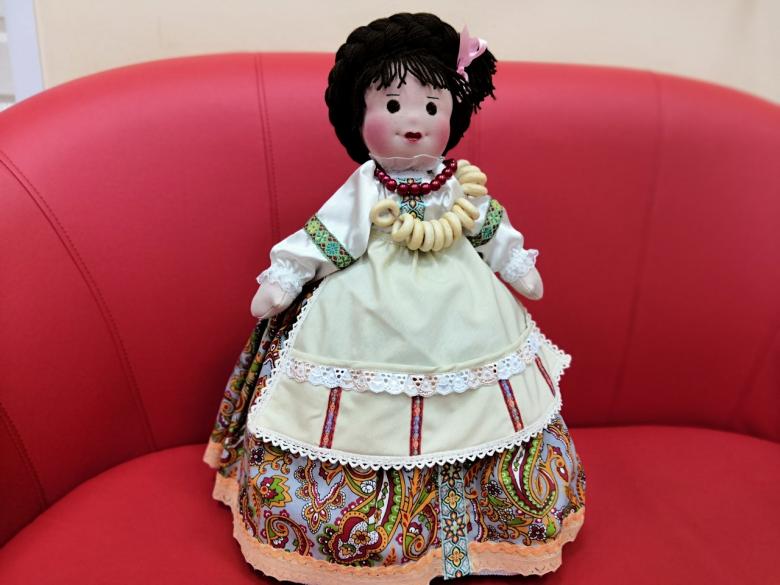
Usually the hem of the skirt is sewn from dense and coarse fabric, in the form of a bag. This is done in order to use the baba as a "mitten" for the kettle, but apart from that the sack-like pocket has another meaning.
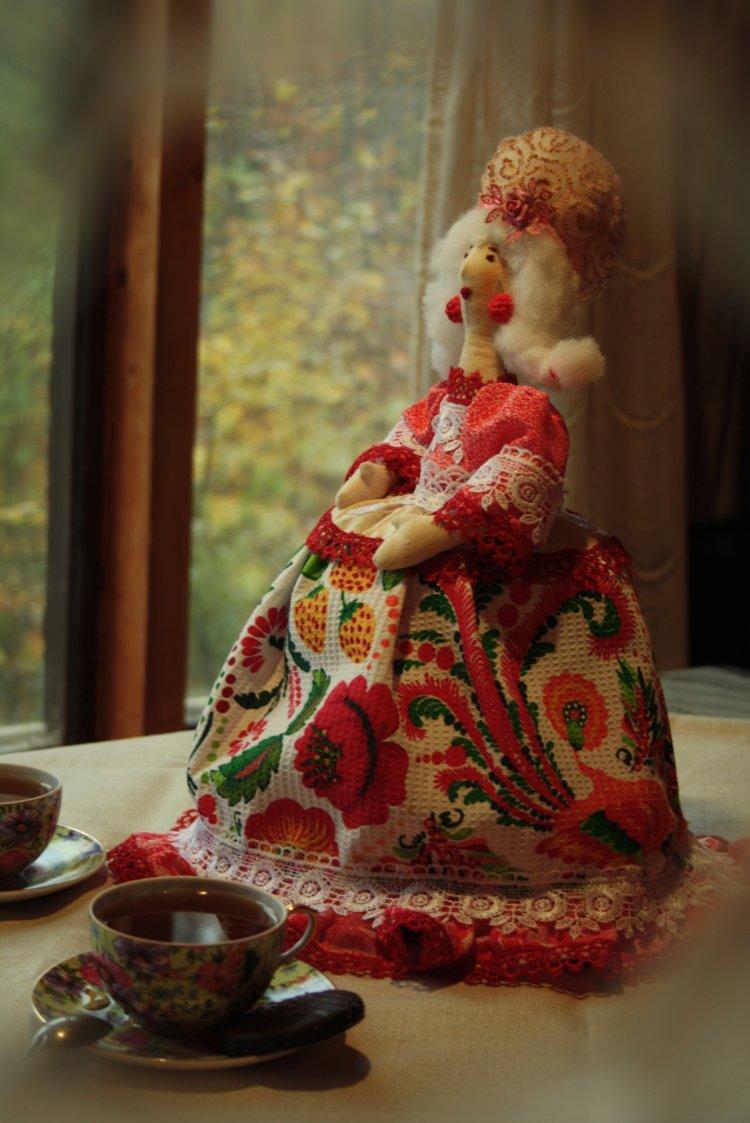
In addition to its heat-saving properties, the baba was famous for its unusual smell of herbs. For this purpose, as you have already understood, herbs and healing plants were poured into this sack, the top of which was sewn up and further used as a mitten for the kettle.
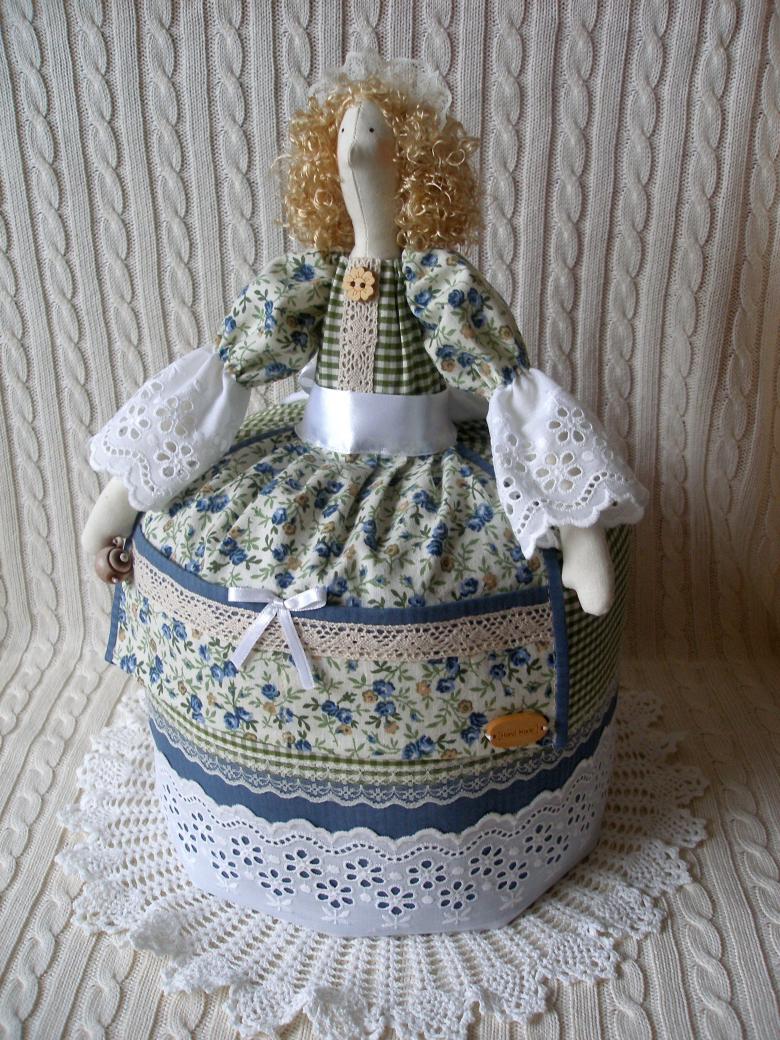
Already on the basis of this bag was sewn on top of the skirt, decorated with a variety of materials and images. Very revered grandmother on a teapot with decorations and symbols of their family and clan.
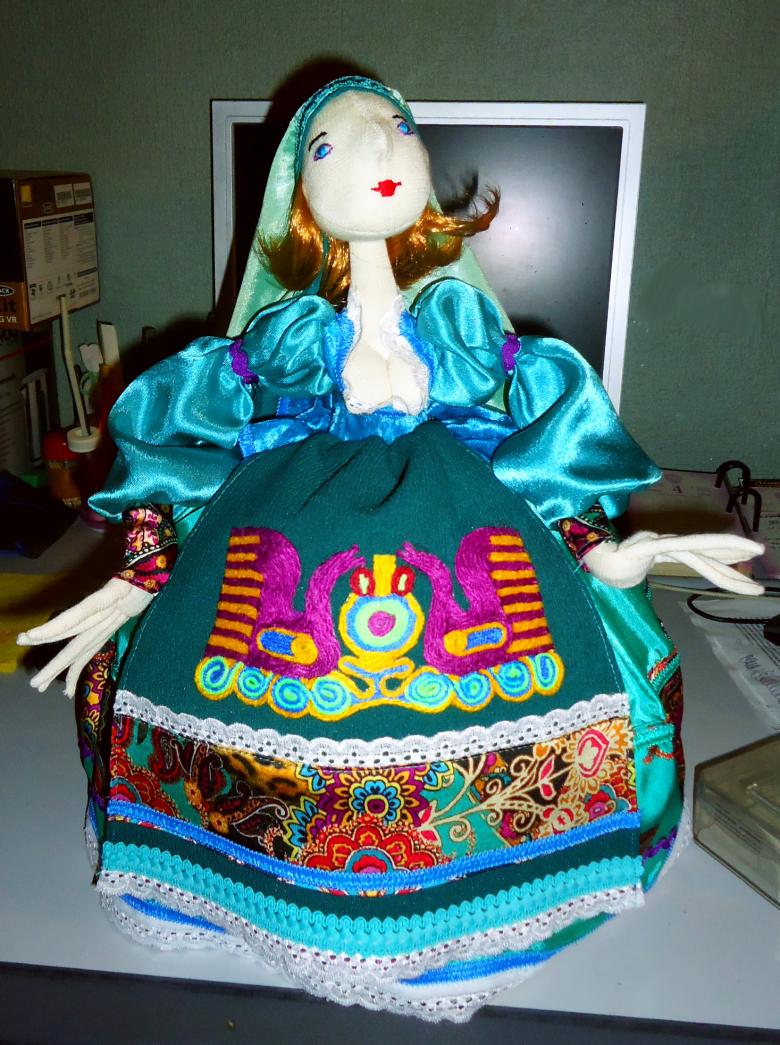
The steps of making:
- Make a sack-like shape.
- Pour herbs into the bag (if desired), you can use a field gathering or mint.
- Create the base of the doll - its body, head, hands.
- A dress is sewn on.
- Stitched decorative elements and symbols.
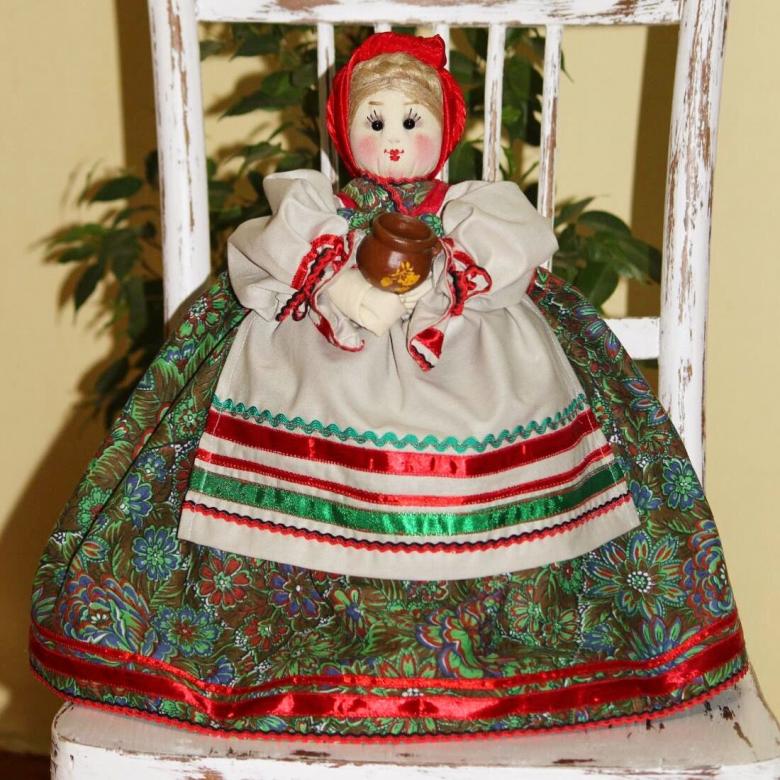
In history, the baba on the teapot took on a slightly different meaning. Ever since Soviet times, she was used as a toy and ornament, which distorted the original meaning of the object of the talisman.
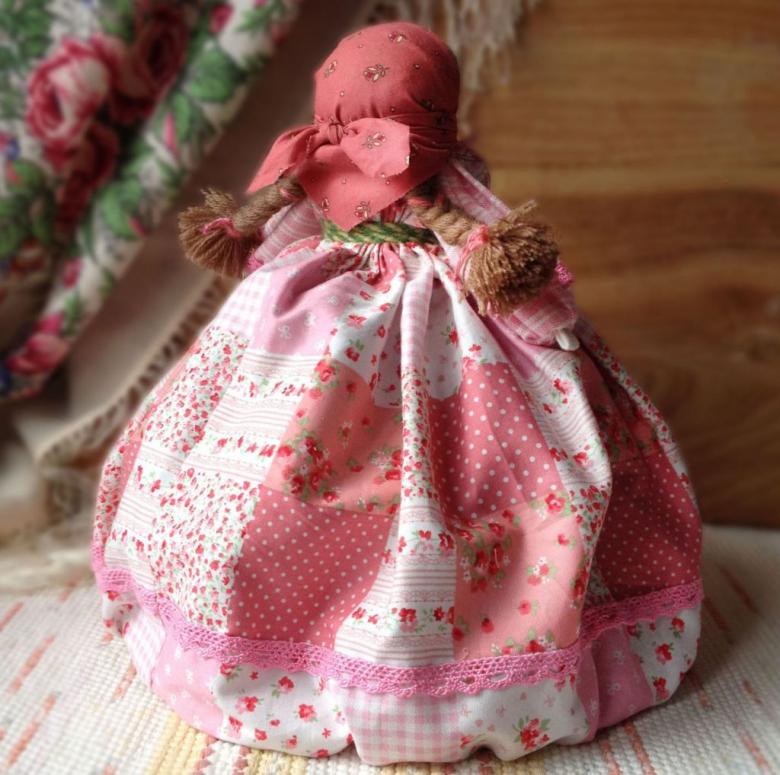
There are a ton of options for sewing original dolls and simple decorative items.
You can choose sewing patterns with detailing, or you can choose to make a ready-made doll shape.

A separate word would like to say about the shape of the face and head. A decorated doll always has eyes, certain facial features and hair. The classic amulet baba has no specific face shape, and the doll has a rounded shape with no eyes and is most often covered on the head with a shawl. In other words, we are doing a classic version of the Russian folk baba, which displays the symbols of the keeper of the hearth and virtue.

